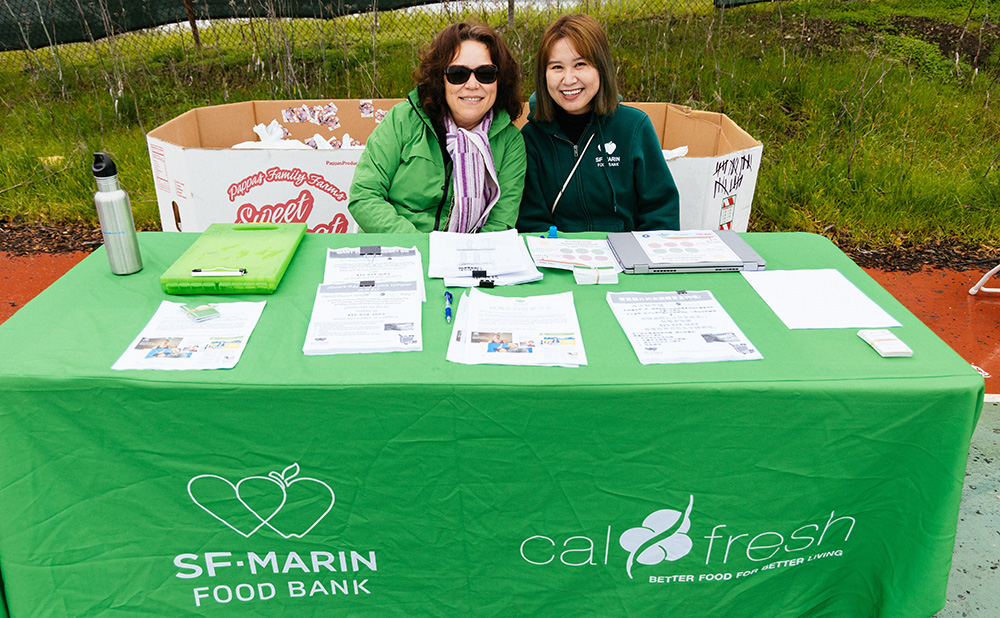
Imagine being 80 years old, retired, and getting by in San Francisco with income from your pension and Social Security – just $1,789 needs to cover $1,000 for rent and utilities, plus other expenses. Now imagine you are also the guardian for your three-year-old granddaughter. How do you cover all the costs?
This is the reality for Mrs. S*, who applied for CalFresh with the help of the Food Bank’s CalFresh Outreach Specialist Crystal Deng. Mrs. S initially applied on her own, but the bureaucracy was confusing, and she missed some steps. Her application was denied.
Mrs. S’s experience is not unique. The CalFresh application process is convoluted and cumbersome – if you forget a piece of verifying information or miss a call from a county official, you can lose out on benefits. That’s where the Food Bank’s CalFresh Outreach Team comes in. Crystal helped Mrs. S, like hundreds of other participants, apply and get approved for benefits. Now Mrs. S can afford more fruit, vegetables and other healthy food for her and her granddaughter.
“CalFresh helps participants alleviate their financial stress,” shared Crystal. “Benefits also help them increase access to healthier food and have extra money to stretch their food budget so they can choose the food they like.”
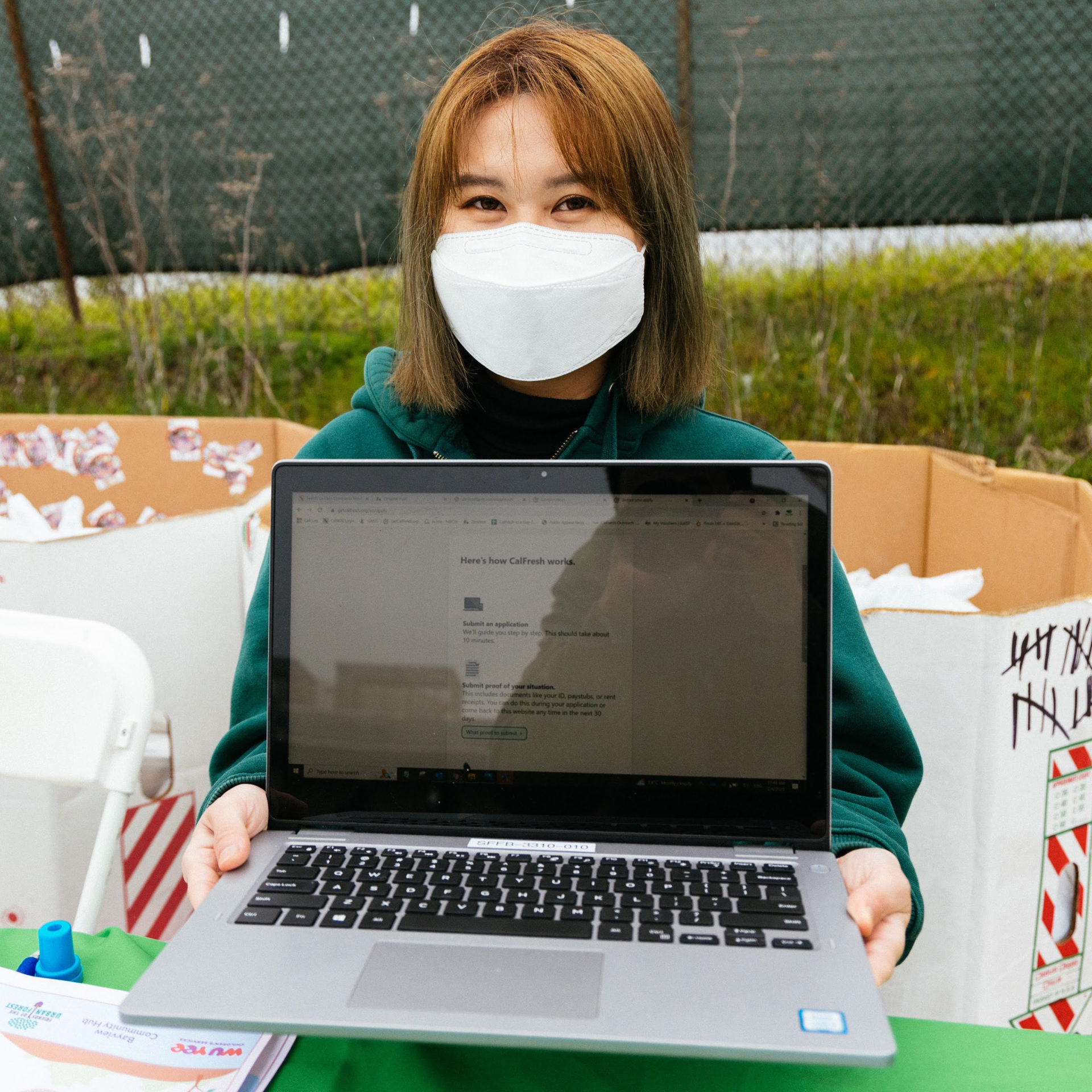
But our CalFresh Outreach Team is worried. During the pandemic, emergency allotments put even more money in the pockets of those receiving benefits. The average recipient in California was receiving $262 per month as of January 2022, an increase from $141 in 2019. Unfortunately, those allotments will expire in February.
“The cost of living in San Francisco is very high and people are struggling with jobs, housing and food,” shared Crystal. “Right now, with the [pandemic-era] emergency allotment the average person is receiving $262. That makes a huge difference.”
Without the allotments some people qualify for as little as $23 a month. Pre-pandemic, Crystal often heard people tell her the application wasn’t worth it for such a low amount – $23 doesn’t buy much in the Bay Area.
The end of emergency allotments will be a major blow for our community – San Francisco households receiving CalFresh will lose an average of $160 per month. There are 72,000 households in San Francisco that receive CalFresh that will need be seeing the rug pulled out from under them next month. Our Policy and Advocacy team is advocating for greater benefit amounts that better reflect the high cost of living in our community, and stronger safety nets and support for food programs like ours. In the meantime, Crystal and others on our CalFresh Outreach Team will continue assisting our neighbors to ensure they receive the benefits they both deserve and need to support their families.
* Name changed for privacy, at request of participant.



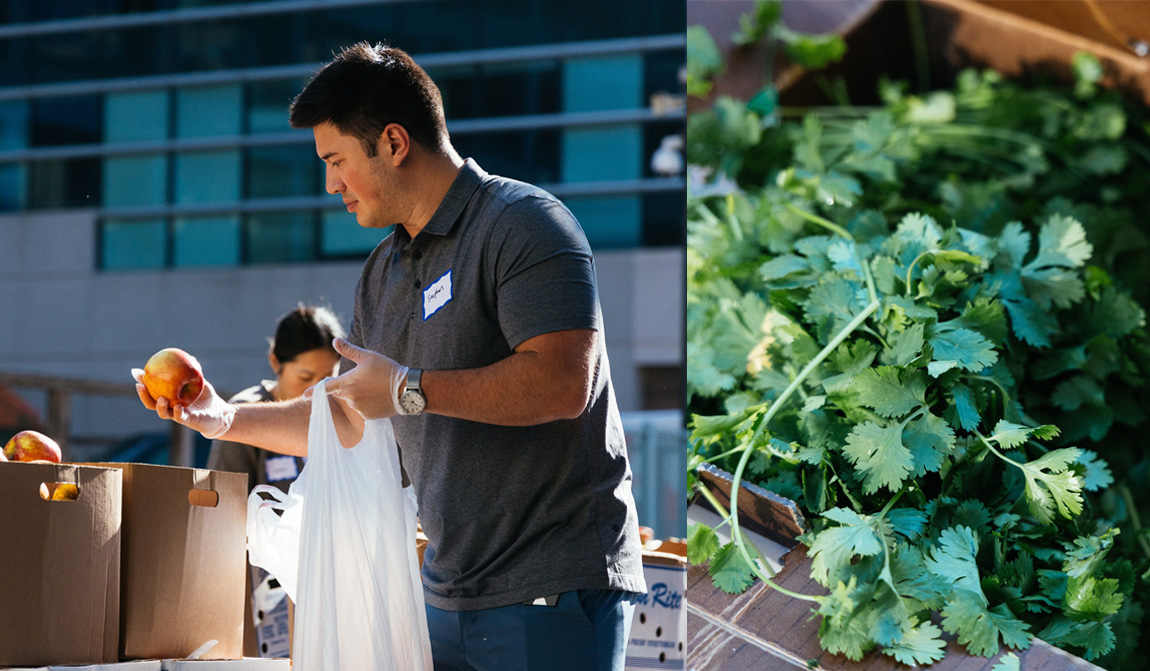
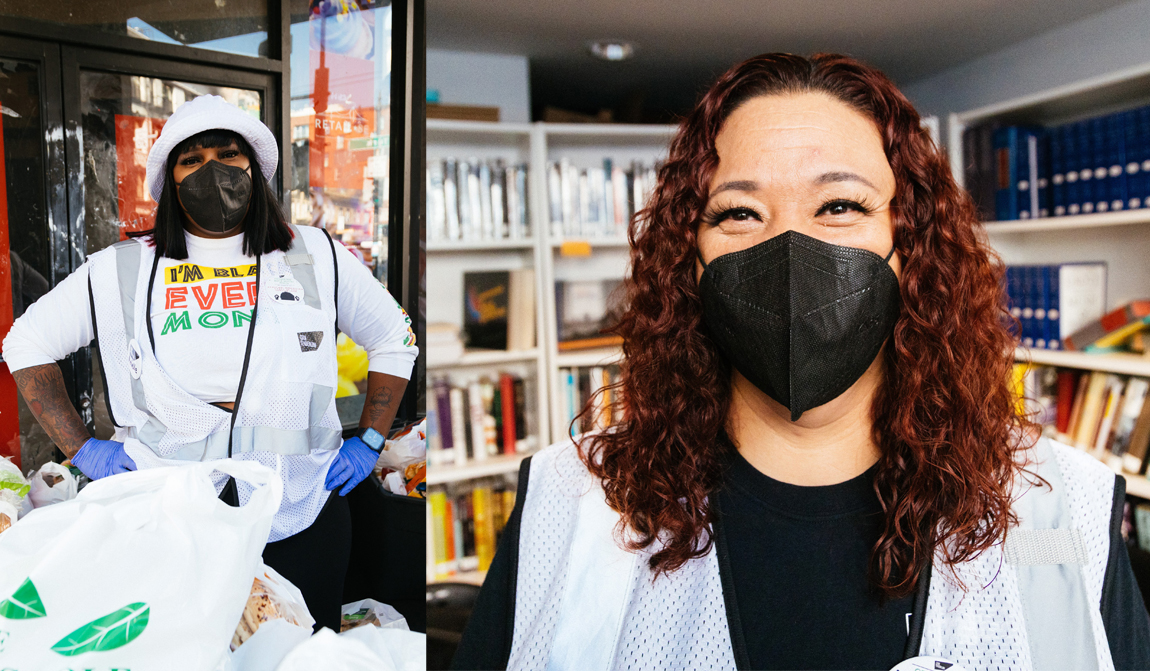
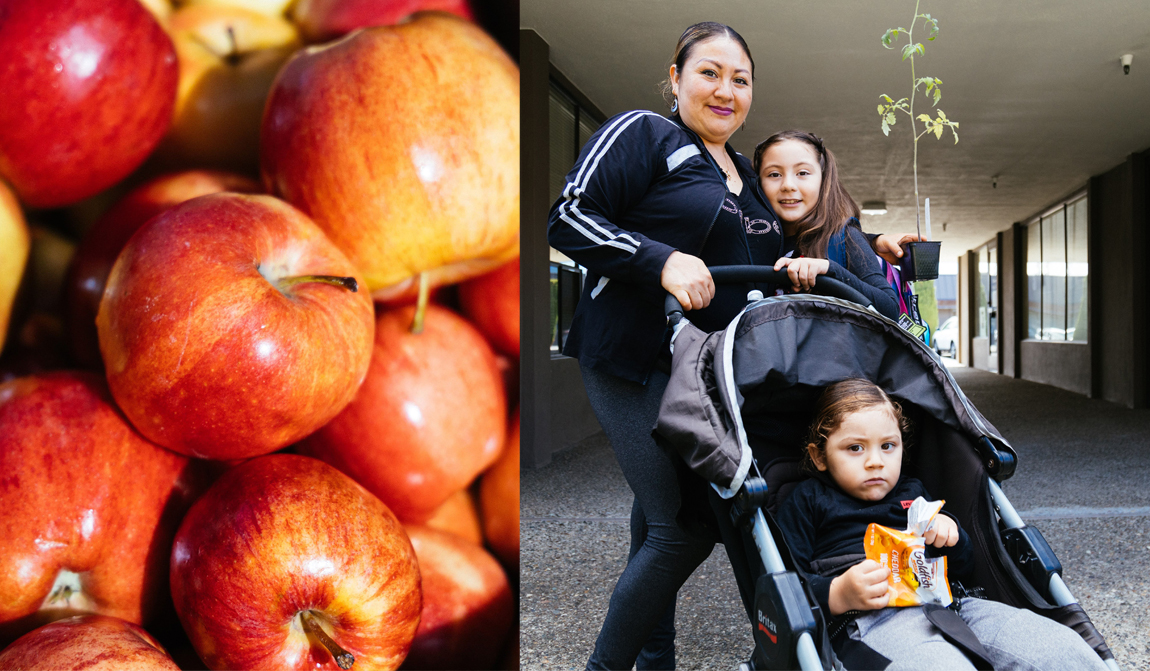
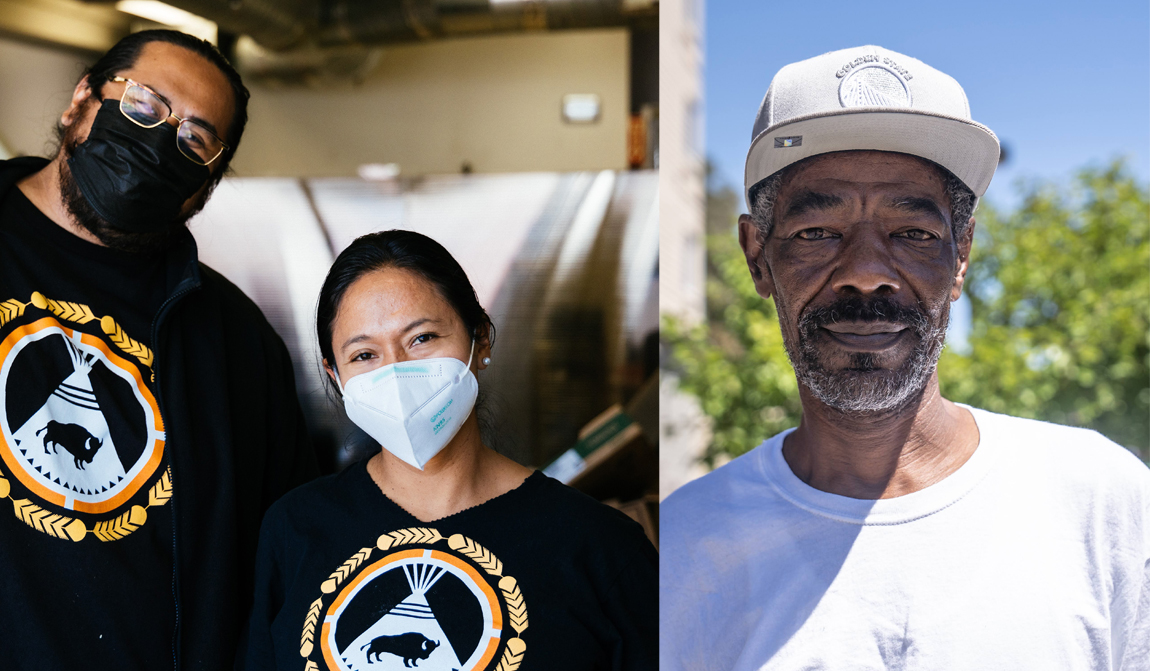
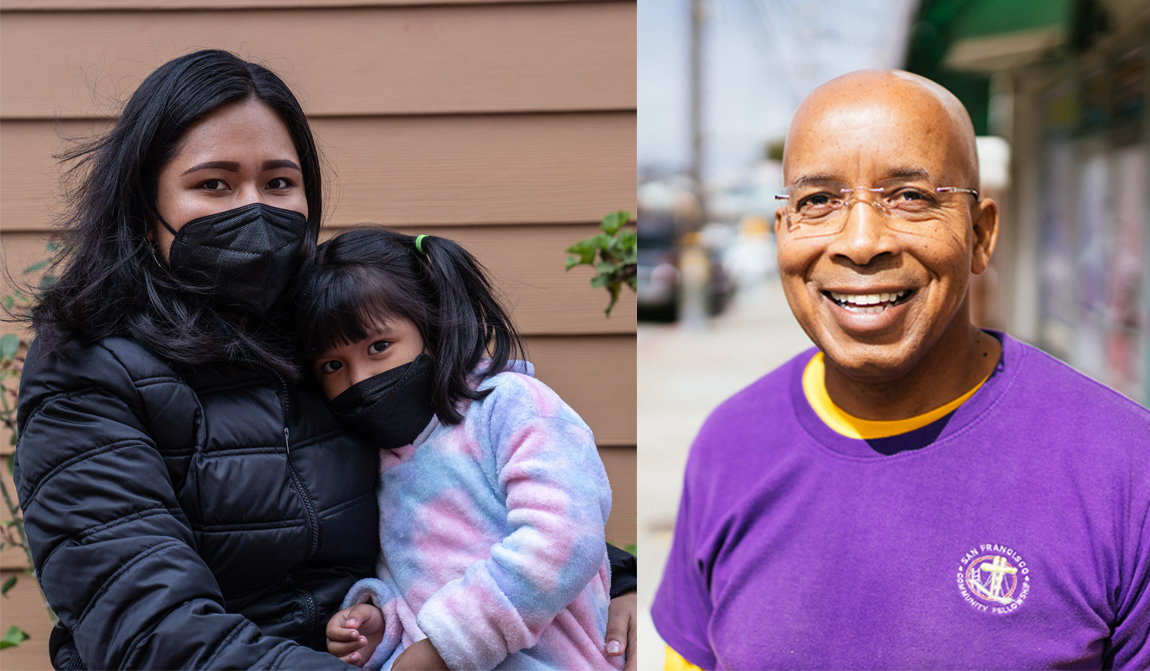
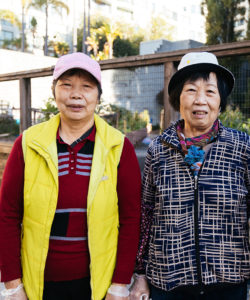
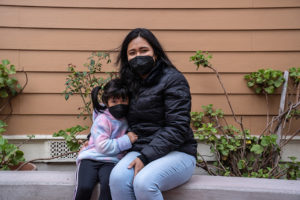 In sociology, there’s something called a “third place,” that describes a social environment outside of work or home where folks can congregate, see familiar faces, and build community. For María, the Friday food pantry in the Mission where she’s volunteered and picked up groceries for the past 10 years is a little of all the above.
In sociology, there’s something called a “third place,” that describes a social environment outside of work or home where folks can congregate, see familiar faces, and build community. For María, the Friday food pantry in the Mission where she’s volunteered and picked up groceries for the past 10 years is a little of all the above.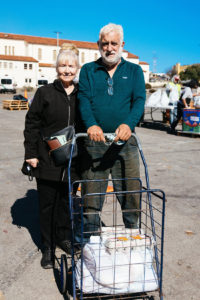
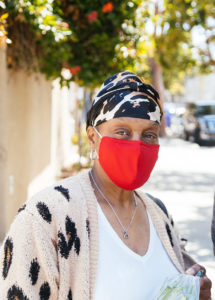 Sharing Space, Creating Memories
Sharing Space, Creating Memories 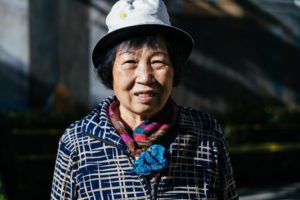 We met Hui Yu at her neighborhood pantry in the SOMA district, where she volunteers regularly and picks up groceries for her and her husband as well. Prior to retirement, Hui Yu worked in a restaurant kitchen, so she’s no stranger to feeding others. Now, she often cooks meals for friends in her senior living facility who can’t make it out to the pantry. Poultry was at the top of Hui Yu’s list as a holiday main: “
We met Hui Yu at her neighborhood pantry in the SOMA district, where she volunteers regularly and picks up groceries for her and her husband as well. Prior to retirement, Hui Yu worked in a restaurant kitchen, so she’s no stranger to feeding others. Now, she often cooks meals for friends in her senior living facility who can’t make it out to the pantry. Poultry was at the top of Hui Yu’s list as a holiday main: “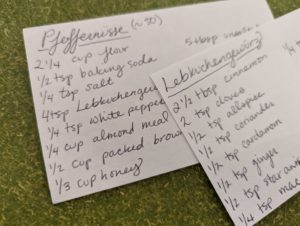 cookies)
cookies)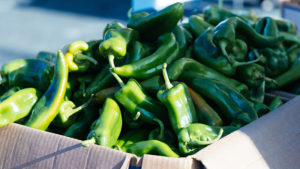 basis, traditional recipes that comes down from your family. My favorite recipe that was passed down to me is my mother’s okra.” At first thoughtfully pondering what else makes up her usual holiday table, Barbara began quickly listing other favorites: “
basis, traditional recipes that comes down from your family. My favorite recipe that was passed down to me is my mother’s okra.” At first thoughtfully pondering what else makes up her usual holiday table, Barbara began quickly listing other favorites: “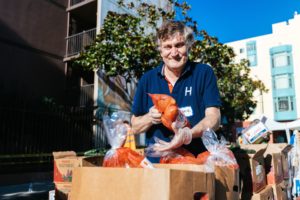 neighborhood pantry. He’s a military retiree and a volunteer at his local pantry, where he also picks up groceries for him and his wife. For his family, the holidays are about the joining of different traditions. “I have a traditional turkey dinner, where I usually go up to my sister’s house for Thanksgiving. And then I host a turkey dinner for my wife’s family. My wife’s Chinese, so we tend to do Chinese vegetables, mashed potatoes and cranberries [on the side].”
neighborhood pantry. He’s a military retiree and a volunteer at his local pantry, where he also picks up groceries for him and his wife. For his family, the holidays are about the joining of different traditions. “I have a traditional turkey dinner, where I usually go up to my sister’s house for Thanksgiving. And then I host a turkey dinner for my wife’s family. My wife’s Chinese, so we tend to do Chinese vegetables, mashed potatoes and cranberries [on the side].”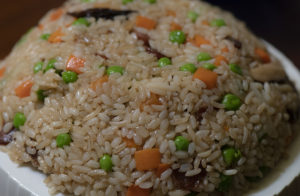 As Program Manager at the Food Bank, Kim is around good food quite a bit! But nothing quite compares to her family recipe for naw mai fan. “This is my mom’s recipe. She learned how to make this from my grandmother, an immigrant from the
As Program Manager at the Food Bank, Kim is around good food quite a bit! But nothing quite compares to her family recipe for naw mai fan. “This is my mom’s recipe. She learned how to make this from my grandmother, an immigrant from the 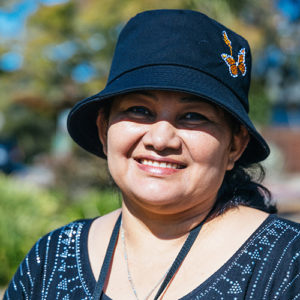 Sharing is caring! María is a mom, volunteer, and pantry participant in San Rafael. She told us that her family embraces potlucks during the holidays, but also for camping trips and other gatherings throughout the year.
Sharing is caring! María is a mom, volunteer, and pantry participant in San Rafael. She told us that her family embraces potlucks during the holidays, but also for camping trips and other gatherings throughout the year. 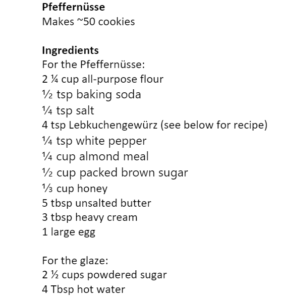
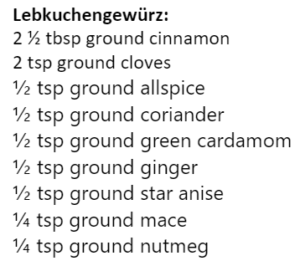
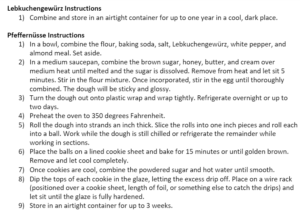
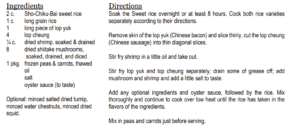
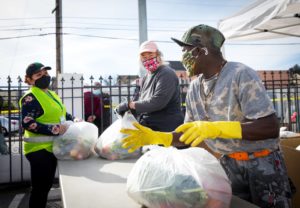
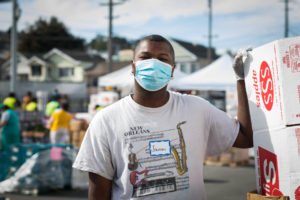
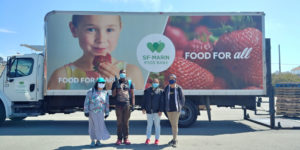
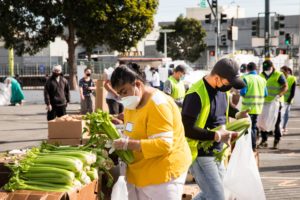
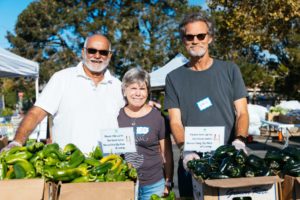 COVID Pantry Pivots
COVID Pantry Pivots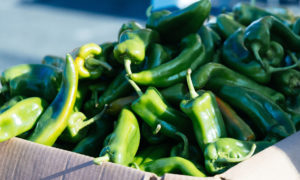
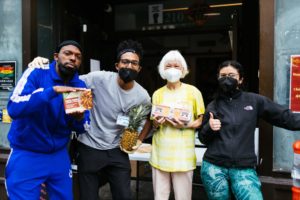
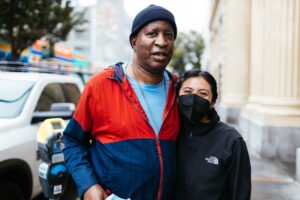
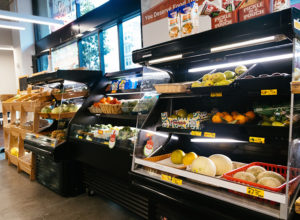
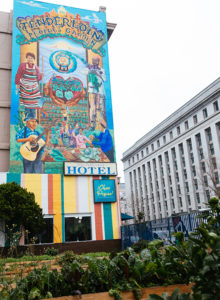
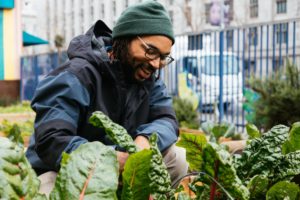

 Cliffton: My biggest thing is for my people to get educated. What you know, they can’t take that away from you. If you want to stay in your community, you’ve got to find a way. Educate yourself on what City Hall is doing for your community, what you can do for your community. I’m helping set up the
Cliffton: My biggest thing is for my people to get educated. What you know, they can’t take that away from you. If you want to stay in your community, you’ve got to find a way. Educate yourself on what City Hall is doing for your community, what you can do for your community. I’m helping set up the  you’ve got good people around you, when you’re cooking, and you got people over and everything… take the food away, you got chaos. If you got a group of people together, bring
you’ve got good people around you, when you’re cooking, and you got people over and everything… take the food away, you got chaos. If you got a group of people together, bring
Share